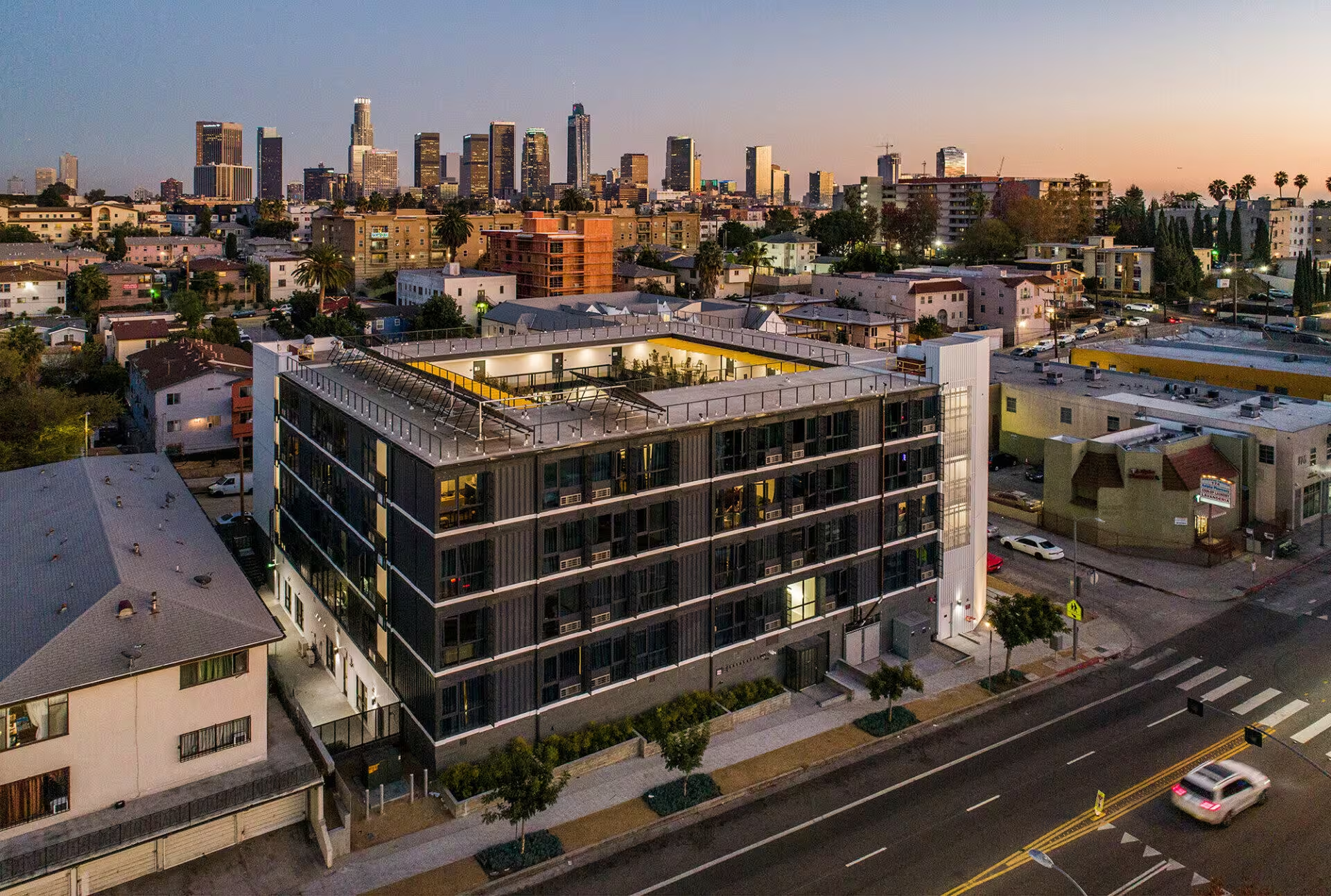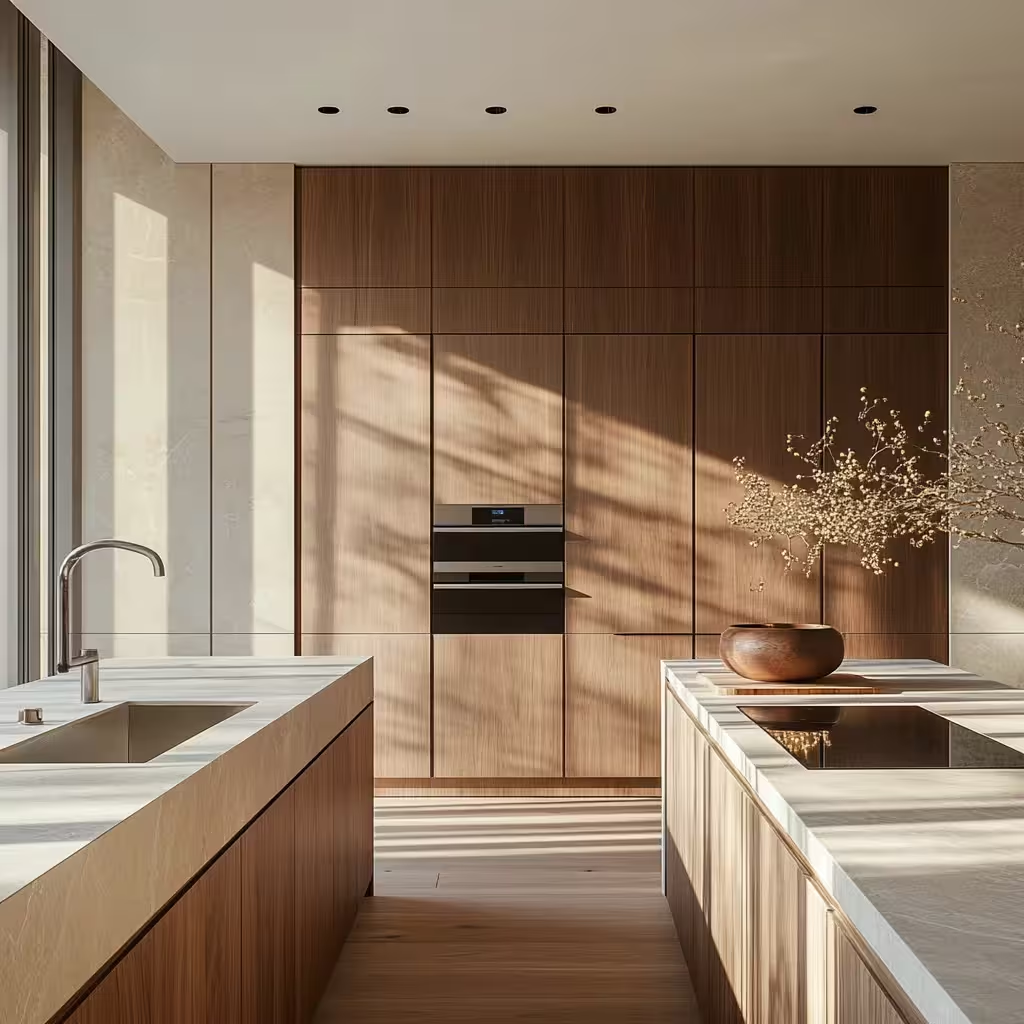
Your agent
Nadia Sigaran
Project Manager

Thank you! Your submission has been received!
Oops! Something went wrong while submitting the form.


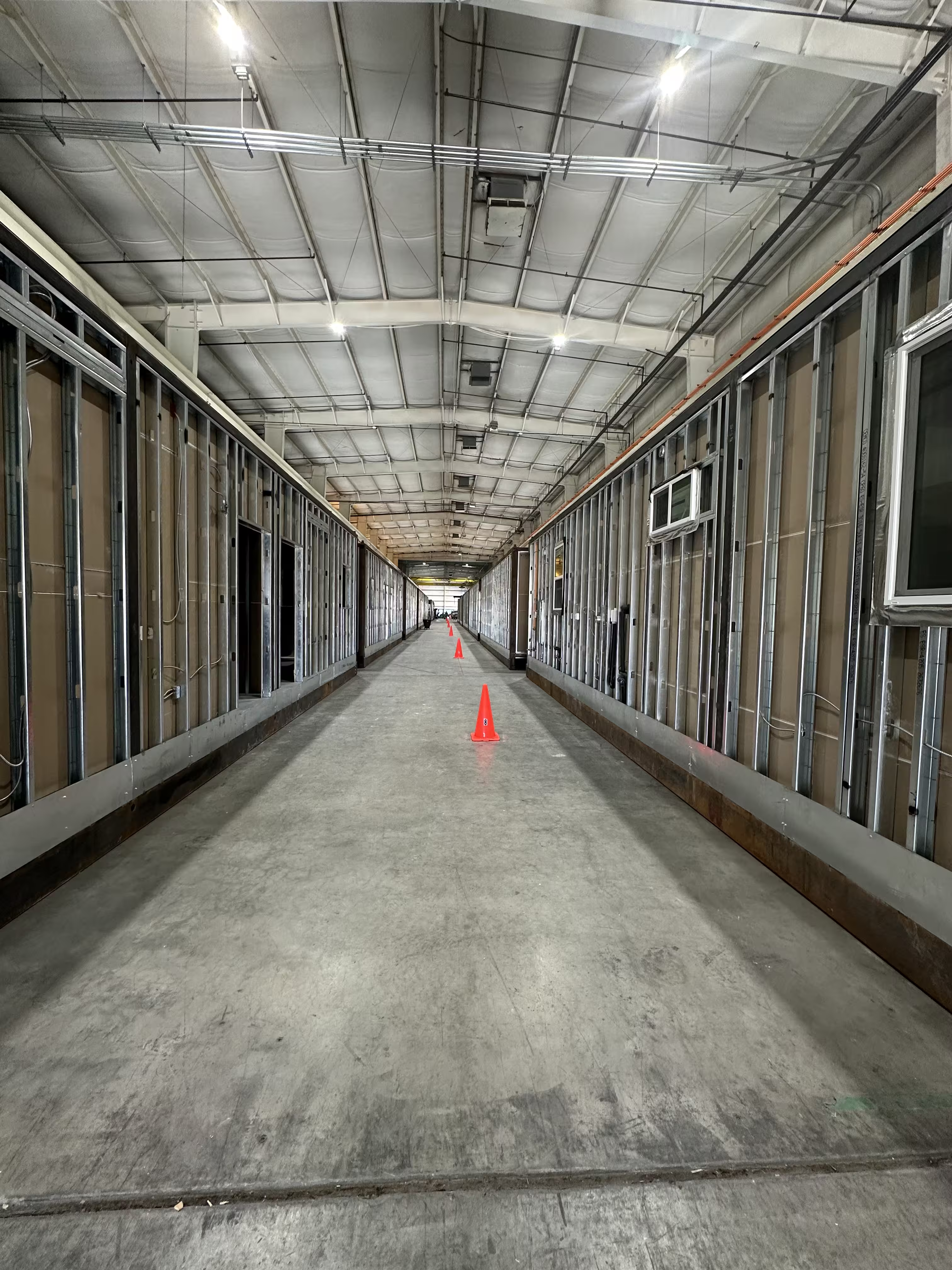


.svg)
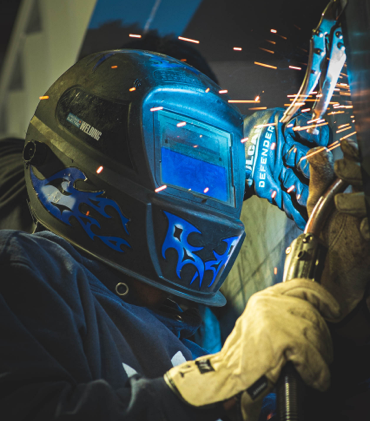















We prioritize eco-friendly practices, ensuring all prefabricated building modules are designed with minimal environmental impact.
Accelerate project timelines with our advanced modular manufacturing solutions that minimize downtime and maximize productivity.
Our expertise in architectural modular design allows us to tailor solutions to your unique requirements.
Whether a small project or a large-scale development, our modular construction and manufacturing solutions adapt effortlessly to your needs.
.avif)
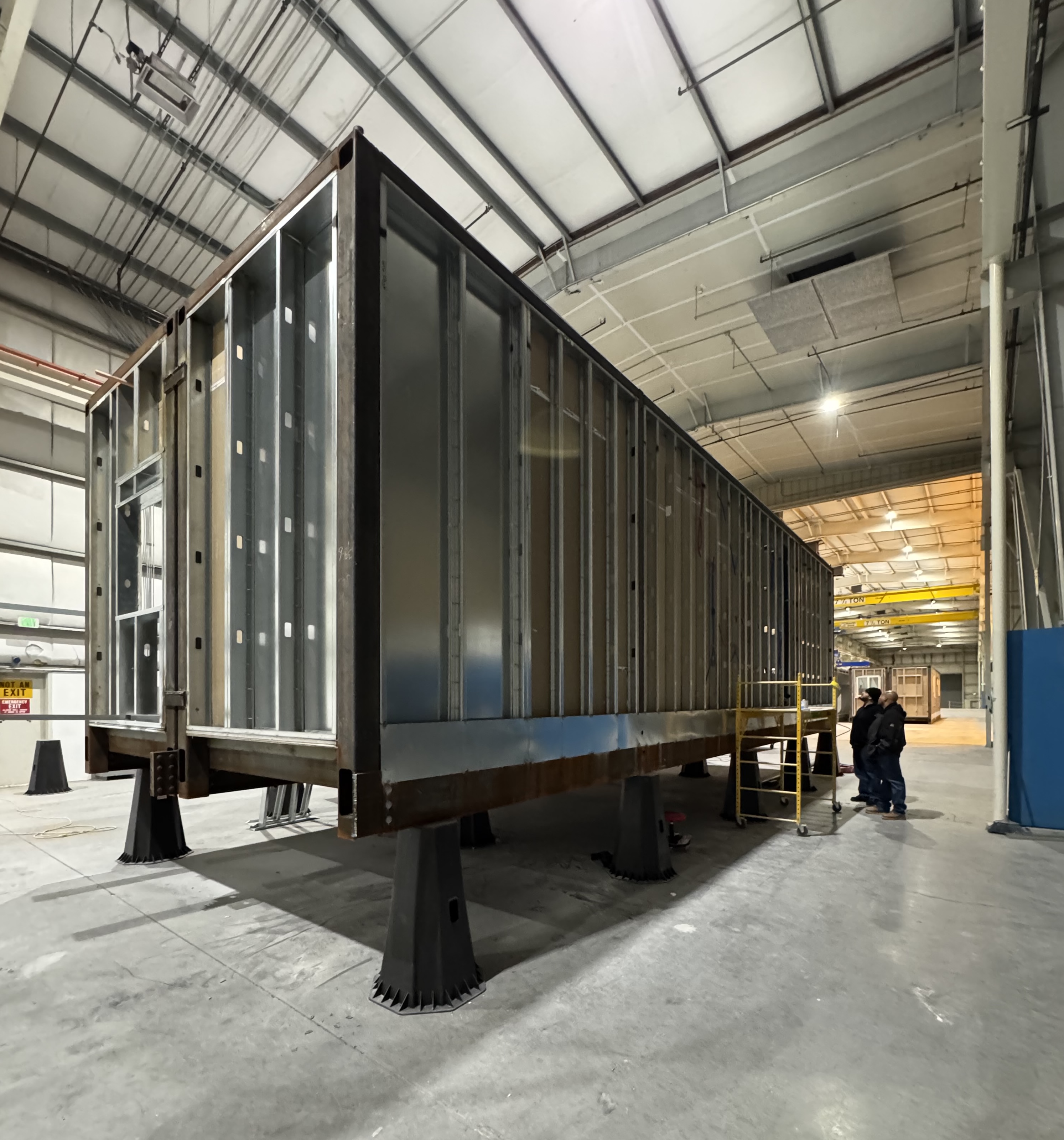
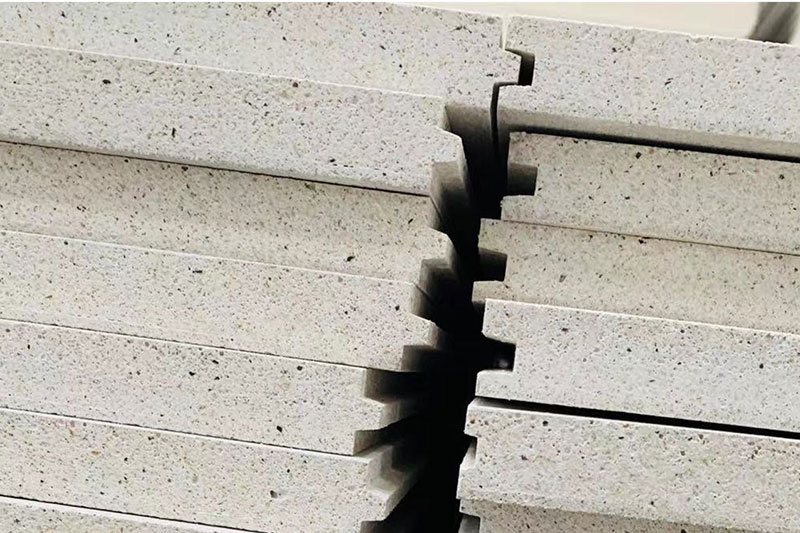
.svg)


It is crucial to understand the significance of the “modular building process” when considering construction methods. A modularly constructed building simply means that the materials were delivered to an off-site location (the modular manufacturing facility), assembled into components or three-dimensional building modules, then transported to the final site for assembly. As such a building constructed in this manner must still meet all the same building codes and requirements as if it were built on-site. This is most commonly a version of the International Building Code (IBC) in the U.S. or the National Building Code (NBC) in Canada.
A building constructed using modular building process methods will last as long (if not longer than) a traditional site-built structure. Again, the building is constructed to the same building codes and must meet the same wind, snow, and seismic conditions. While there is limited research to prove this point, one such study does exist. Following Hurricane Andrew in 1992, FEMA commissioned a study called “Building Performance: Hurricane Andrew in Florida” comparing site-built, modular, and manufactured housing. In that report, FEMA found “Overall, relatively minimal structural damage was noted in wood-framed modular housing developments. The module-to-module combination of the units appears to have provided an inherently rigid system that performed much better than conventional residential framing.”
Generally speaking, yes. There are a lot of variables with a modular project, just as there are with a conventional construction project. The availability and cost of on-site labor is a key factor. In larger urban areas where labor is scarce and/or more expensive, shifting construction to an off-site (often rural) location can yield significant cost savings.
Additionally, the modular building process offers significant advantages in terms of efficiency and cost savings. Fewer labor hours are needed to complete a comparable project and waste is significantly reduced. The shortened construction schedule can reduce the time needed for a construction loan and can dramatically advance the occupancy date, critical considerations for revenue-generating businesses such as hotels and fast-food restaurants.
McGraw-Hill published a Smart Market Report titled “Prefabrication and Modularization: Increasing Productivity in the Construction Industry.” Through an internet survey of hundreds of AEC professionals, the report found: “Sixty-five percent report that project budgets were decreased—forty-one percent by six percent or more.”
Perhaps as significant as the cost reduction is the cost certainty with modular projects. Early communication and integration of the entire construction team leads to fewer change orders and a more predictable budget.
Far from it! A report from 1670 indicates a prefabricated building was shipped by boat from England to the United States. In the 1800s, demand for modular housing increased as the country expanded westward. During the Gold Rush of 1849, more than 500 preassembled homes were shipped from factories in New York to destinations in California.
In the 1920s, Sam Kullman began manufacturing the popular “Kullman Diners” along the northeast coast.
In 1933, the first of Franklin Roosevelt’s New Deal communities, Arthurdale, West Virginia, was established. All types of modular structures were shipped there: post offices, stores, homes, and schools. After World War II, modular construction offered fast and low-cost homes to returning servicemen.
In the 1940s, the industry began to expand into commercial projects with the founding of industry giants Williams Scotsman (now WillScot), and ATCO in Alberta.
In 1969, Zachry Construction utilized modular construction techniques to complete a 21-story modular hotel on the Riverwalk in San Antonio. The hotel, still in operation, was the tallest modular building process in North America until the recent completion of the 32-story Pacific Park building in Brooklyn, New York.
Disney Corporation followed with completion of its Contemporary and Polynesian Resorts in 1972, constructed by U.S. Steel. There is a long history of innovative companies successfully utilizing modular construction techniques.
The modular factories detailed in this report are not project specific plants. Rather the companies build for several clients within a given geographic region (typically about a 500-mile radius from the factory). MBI has seen some examples of general contractors renting vacant warehouses near larger project sites and using these “pop-up” factories for some preassembly work and for materials staging and coordination. These are not automated plants and often do not incorporate assembly-line processes or lean manufacturing techniques. Rather these locations are often just an extension of the existing job site. If you’re interested in learning more about the modular buildings process, feel free to explore our comprehensive resources.
No. Davis-Bacon rates and state prevailing wages laws typically are limited to the work performed “at the site.” By definition, work done in a modular factory is “off-site.” That said, there are many considerations and nuances to understand about the applicability of prevailing wages. Often state laws vary on this subject, so when in doubt, seek a legal opinion. Also, if a factory is established for a specific project and intended to only serve that project (see the pop-up example above), it will be considered an extension of the jobsite and prevailing wages will likely apply.
If you are interested in understanding more about the modular buildings process, we provide comprehensive information and resources on the subject.
Until recently, developers and contractors seemed content with the status quo, regardless of the inherent and understood inefficiencies. Planning and preparing for those inefficiencies seemed easier than learning a different way of building for many.
Today, developers and owners are facing the “perfect storm” in the construction sector, including:
A widely recognized skilled labor shortage that won’t get better anytime soon;
High housing costs and low housing availability in urban areas, a condition that is worsening.
A widely documented lack of productivity in construction; and, as previously mentioned,
The increasing need for shorter construction schedules.
Adding to those factors, the construction industry has more fully embraced innovations and technologies that are leading towards more of an “industrialized construction process.”
More environmentally conscious customers are demanding greater accountability regarding wasted resources and the massive amount of construction debris that ends up in landfills annually. Modular construction is a proven solution to reduce construction waste.
If history is any indication, we will see a significant shift towards modular and off-site construction techniques over the next five years as greater numbers of the skilled labor force retire. The construction industry will (and must) evolve into a more industrialized and automated process – it is just inevitable. Every major industry has undergone this same transformation. The construction industry is the last holdout while clinging to a lost cause. The companies that build modular now and build it into their strategic plans will be more successful sooner.
In North America, the movement has begun. We are seeing some large general contractors and developers establish their own modular divisions, while others partner with existing modular manufacturers.
If you’re interested in learning more about the modular buildings process and how it can benefit your construction projects, we provide valuable information and insights on this topic.
This is where the averages can be misleading. The number of modules a particular manufacturer produces each year depends on a few factors such as the type of project the company is building, the level of customization involved in the project, and the scope of the manufacturer’s contract (i.e., whether the customer wanted certain work to be completed on-site). Based on overall data obtained from 76 manufacturers in the U.S. and Canada, the average square footage produced in 2020 was 202,496.
This website, modular.org, contains a myriad of resources designed to educate industry professionals and laypersons alike:
MBI’s magazine, Modular Advantage, contains interviews, insights, and case studies from manufacturers, builders, and designers from across the modular construction industry.
MBI’s podcast, Inside Modular, features the industry’s established leaders and rising stars discussing topics ranging modular building development to the latest policies affecting the industry.
MBI’s annual industry reports detail the growth and diversification of both sides of the modular construction industry.
Our collection of modular construction research and whitepapers provides best practices and thought leadership from around the world.
Looking for specific information? Contact us at info@modular.org.
